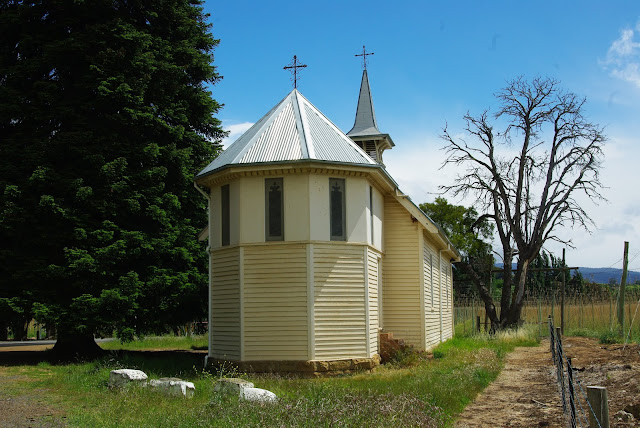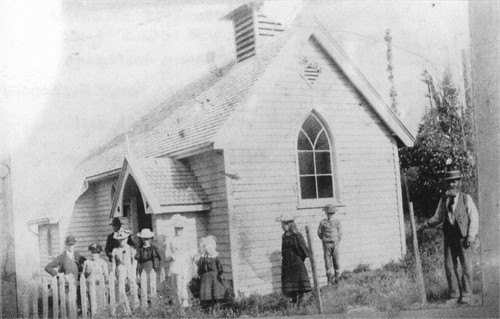No. 603 - Newnham Salvation Army Corps

Newnham is a northern suburb of the city of Launceston. Newnham was originally part of the municipality of Lilydale before it was proclaimed a town in 1946. There are several active Christian communities in Newnham including the Uniting Church, an Anglican church and a Church of Christ. Newnham’s Catholic church and Salvation Army Corps hall have closed in recent years. The Salvation Army became active in Launceston in 1883 and established a ‘Citadel’ on Elizabeth Street in 1885. Over the course of the 20th century the Salvation Army established places of worship at Invermay (1912), Galvin Street in South Launceston (1942) and at Kay Street in Kings Meadows and Newnham in more recent years. As Launceston’s northern suburbs developed after World War Two, the Salvation Army shifted its base from Invermay to Newnham. The Newnham Corps building a hall at Paringa Avenue in the 1960’s. The corp closed about a decade ago and the building was sold in 2010. It now houses the Tasmanian Dementia...




